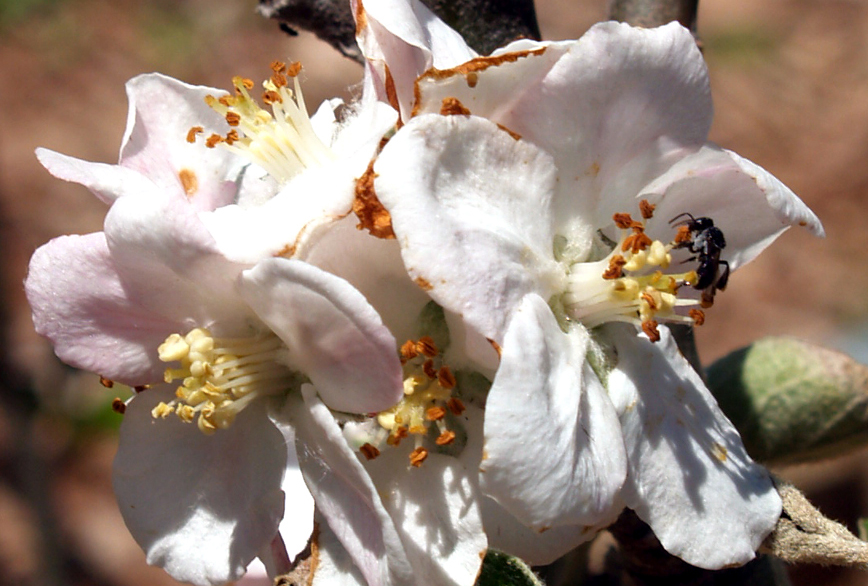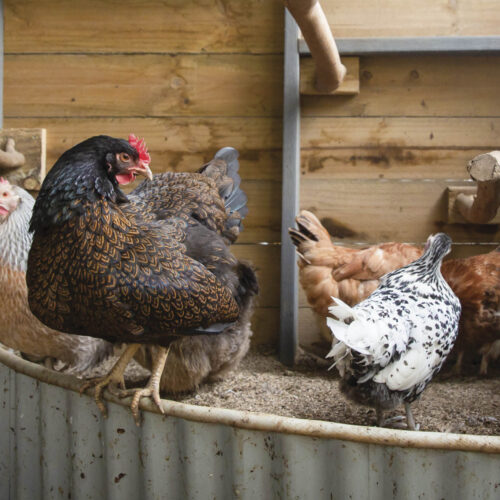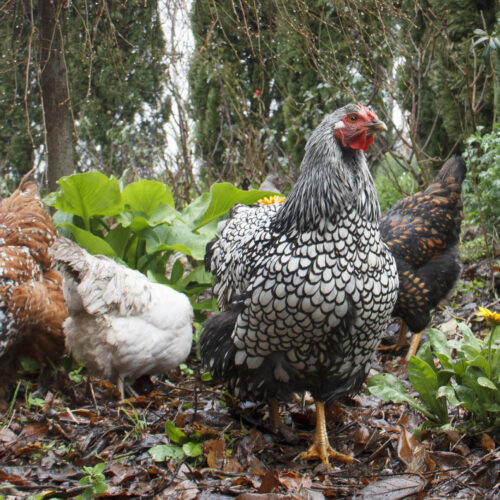Where’s the buzz
2012-09-04T04:21:51+10:00
JUSTIN RUSSELL notices a lack of honey bees in his garden, and suggests a course of action to help local bee colonies thrive.
With spring comes an abundance of blossom in my garden as the various fruit trees I’ve planted around the place burst into flower. And with blossom comes bees. Well that’s the theory, but when I went to check on my trees this morning there was a discernible lack of buzz.
On one nectarine, for example, there would have been a dozen or more native bees, but just one, solitary honey bee. This is alarming, to say the least. At this time of year the tree ought to be full of European honey bees going about their business, collecting pollen, transferring it from flower to flower, and returning it to the hive. But not today. Or last week. Or last spring, for that matter. Wild bees are impossible to count, so any suggestion that their numbers are low is totally anecdotal, but a trend appears to be developing and I can’t help feeling concerned.
Why does it matter? Honey bees are the most efficient pollinators of deciduous fruit trees we have, so any decline in their numbers usually results in less heavy crops. Any half-literate organic gardener would have come across the term colony collapse disorder, but it’s important to recognise that the phenomenon hasn’t been formally identified yet in Australia and a decline in the bee population may be entirely localised.
Regardless of what might be causing a reduction in bee numbers in my area, there are actions we can all take to help these little marvels of nature thrive. The first is to abandon the use of synthetic pesticides and fungicides, both of which have been linked to colony collapse disorder overseas. Use organic products as required, but always think before spraying. Even non-selective pyrethrum should be used as a last resort.
Secondly, we should grow lots of bee attracting plants. Daisies are a good starting point, but a wide range of native and exotic flowers will provide a source of food for foraging bees. Avoid planting highly-bred double flowers, as they’re hard for bees to access.
Finally, every food gardener should consider keeping a backyard hive. Last year I built my wife a top-bar hive for her birthday, but we’re yet to stock it with bees. I’m hoping a swarm will land in the garden like one did a few years ago but failing that, I’ll need to buy a nucleus hive to get started. The honey will be relished, of course, but what I’m really after is a colony of contended Apis mellifera to help my fruiting plants set bumper crops. Otherwise, I’ll be growing little more than pretty, but unproductive blossoms.






